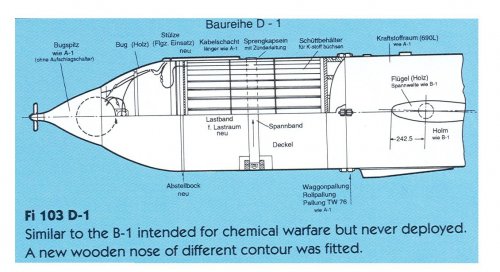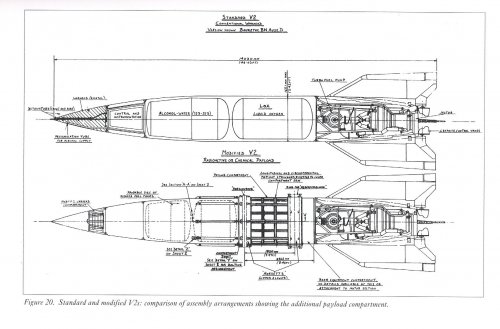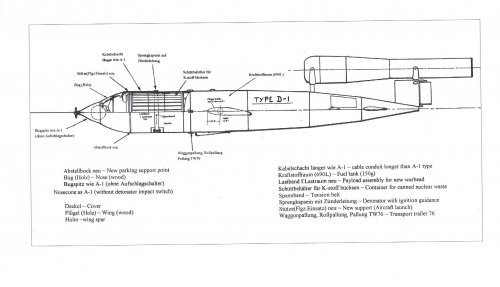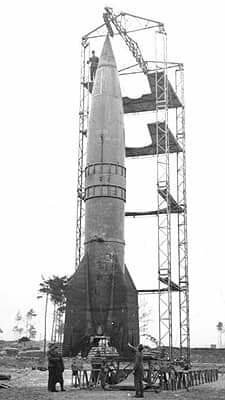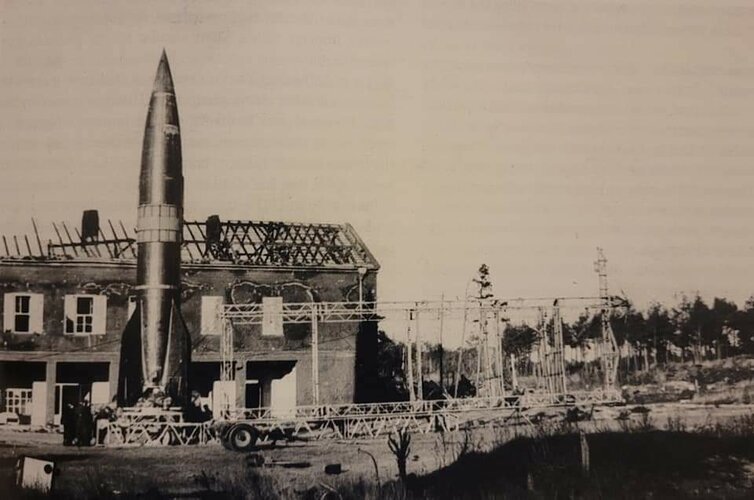- Joined
- 13 August 2007
- Messages
- 8,465
- Reaction score
- 11,069
in last years of WW2
the V-2 Missile programme came in hand of SS
Heinrich Himmler demanded use V-2 & V-1 with Chemical weapons
Wat Hitler violent refused
now, were there something like a Chemical Warheads for V-2 and V-1 ?
the V-2 Missile programme came in hand of SS
Heinrich Himmler demanded use V-2 & V-1 with Chemical weapons
Wat Hitler violent refused
now, were there something like a Chemical Warheads for V-2 and V-1 ?

